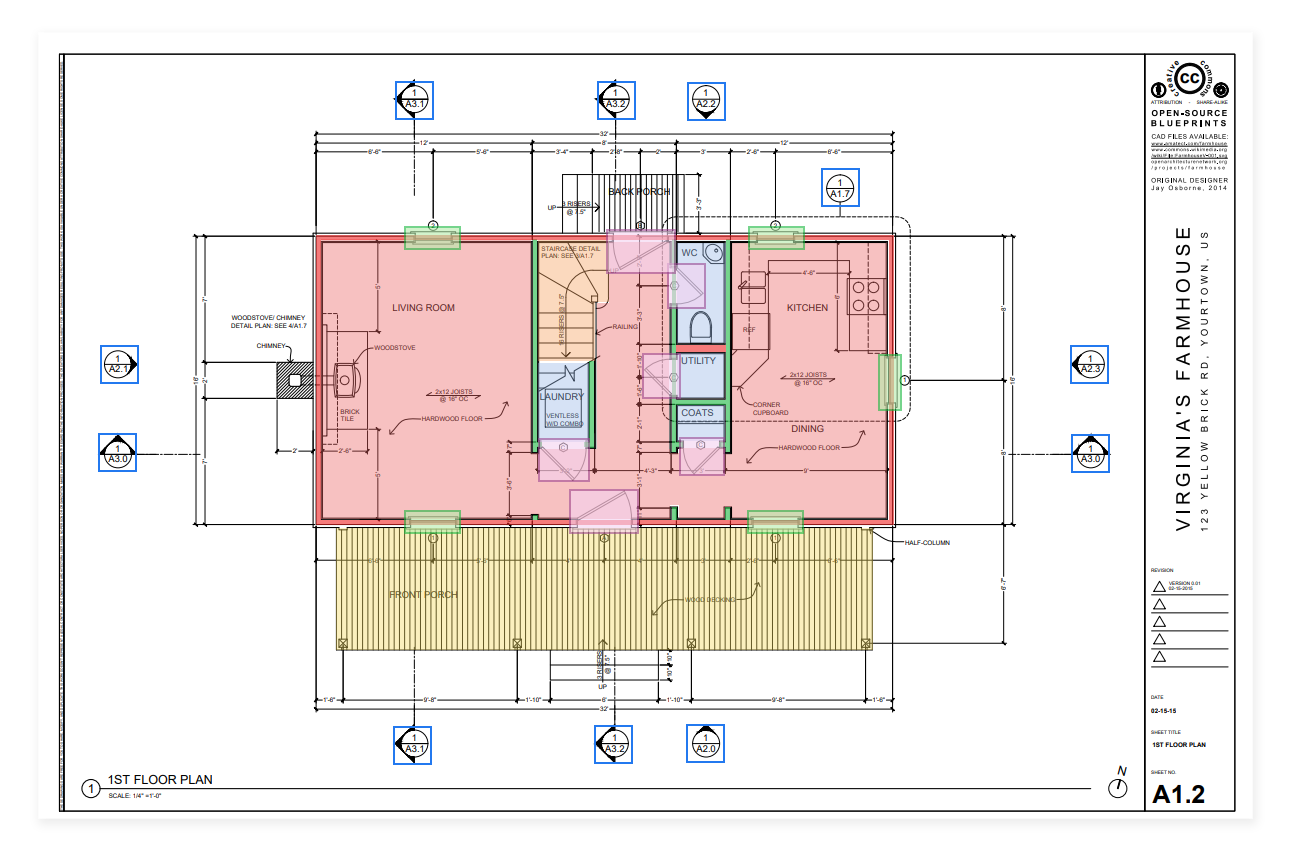Architectural Drawing Recognition AI
An ecosystem for processing architectural drawings. Detection of rooms, walls, windows and doors, extraction of information from complex spreadsheets.
MVP Development
Custom Software Development
AI & ML Engineer
Civil Engineers
Challenge
The process of evaluating the construction cost of a building is complex and involves dozens of specialists analyzing hundreds of architectural drawings and counting every object to prepare a bill of quantities. Despite an abundance of digital solutions for architects, none of them offer a full set of features needed for effective cost estimation.
Our client approached us to create an AI-powered solution for architectural drawing processing: an ecosystem for specialists to store drawings, automatically extract object count data, and prepare reports.
Solution
We have developed a computer vision system for processing architectural drawing documents with extensive report building functionality.
Universal Architectural Plan Solution
Our system is capable of processing a large variety of architectural plans:
- Floor plans,
- Reflected ceiling plan (RCP),
- Electrical plans,
- Mechanical plans,
- Detail architecture drawings,
- Demolition plans,
- Interior elevation plans.
The system can detect the plan type and its position on the page, as well as process multiple plans on one page. The system detects technical drawing type and scale, and automatically generates a table of contents, making it easy to navigate large multi-page documents.
Architectural Plan Object Detection
We have used deep learning to develop an object recognition system for automated architectural plan processing. It automatically detects walls, doors and windows, rooms, and other objects specific to the drawing, like electrical outlets, plumbing lines, hatchings on reflected ceiling plans.
The app detects rooms based on detected walls, calculates room area (both with and without counting wall thickness), wall length, and prepares a total count of all detected objects.

Detection Of Special Symbols
Users can highlight any symbol on the drawing, and the system will detect and count the rest. These special symbols include object labels, e.g. wall labels describing wall type.
Special symbols are grouped into types and can be automatically linked to spreadsheets with data on each symbol.
Complex Spreadsheet Detection
Architectural drawings often contain complex multi page spreadsheets with merged cells and text spilling out of cells. Readymade solutions do not handle merged cells well and often split them incorrectly.
We have developed a subsystem that scans the PDF spreadsheets and turns them into Excel spreadsheets without changing the original structure and keeping the data integrity.
Feature Rich User Interface
The system is a complete document handling solution for architectural agencies: it allows for intuitive drawing storage, processing and editing, comprehensive reporting and data exporting.
Users can easily navigate multi page documents using automatically generated document structure, change which objects need to be detected and counted, edit detection mistakes, create custom labels, and customize reports.
The system features automatic report generation to extract data from architectural drawings for further analysis. The reports are data-rich and include calculations of main values like total wall length and area, room areas, wall thickness, and more.
Results
Our system is a complete solution for architectural agencies to automatically process architectural drawings of any complexity and prepare cost assessment in a short timeframe. It has already been implemented into a workflow of multiple agencies and has received overwhelming positive feedback. We continue to improve and expand on the system, adding new features and implementing new AI tech to solve more complex document processing challenges.n
Success Stories
Contact Us
Let's Work Together!
Do you want to know the total cost of development and realization of the project? Tell us about your requirements, our specialists will contact you as soon as possible.